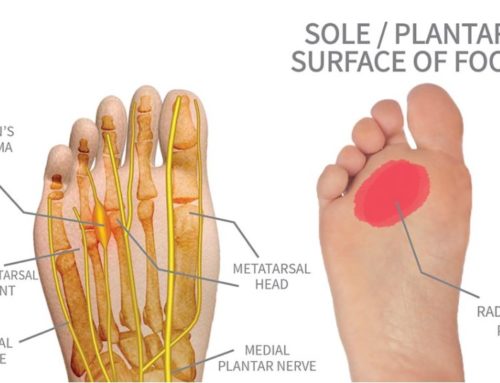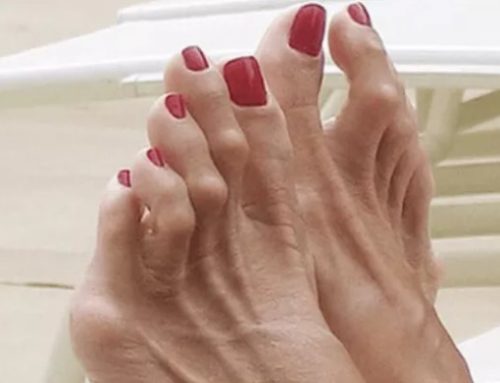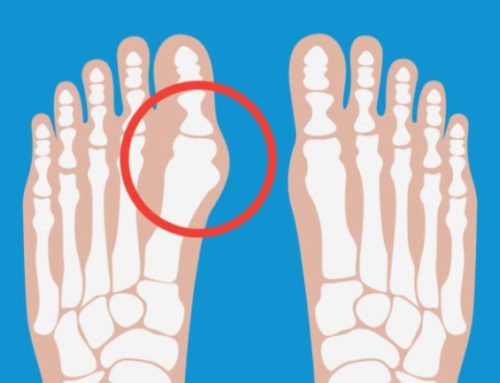As you now know from my previous posts, diabetes is a common cause of foot ulcerations. If the ulceration is not colonized/infected, nutrition and blood supply are adequate, and there is adequate offloading you may be thinking, what is the next step if a wound still will not heal. A treatment that can be used are skin substitutes. These products can be used when there is less than 50% improvement in size of wound in a 30 day period using standard of care. Some of these products contain stem cells which allow tissue to differentiate into cells that allow for better healing of wounds. (most of this is taken from placental tissue) Others are just made up of an extracellular matrix with different growth factors that aid in the healing process. There have been many studies recently including head to head comparisons of different products showing excellent results. It is important to differentiate these products from split thickness/full thickness skin grafts which are harvested from another part of the patient’s body in an operating room setting.
Application of these products are completed either in the office or in a wound care center. Most of the time, the product is applied and adhered either with steri-strips (form of tape) or with stitches or staples. Normally after applied, a large sterile dressing is applied to the patient’s foot. The patient will usually keep the area clean and dry for a week after which they will be seen back in the podiatrist’s office or wound care center where new measurements will be taken and reapplication will occur. Good improvement/ healing has been seen in very difficult to heal wounds using the above skin substitutes.
Call Quality Foot Care today at 215-230-9707 to visit with Doylestown’s community podiatrists. We will be happy to discuss the above in detail and help you stay on your feet.




Leave A Comment